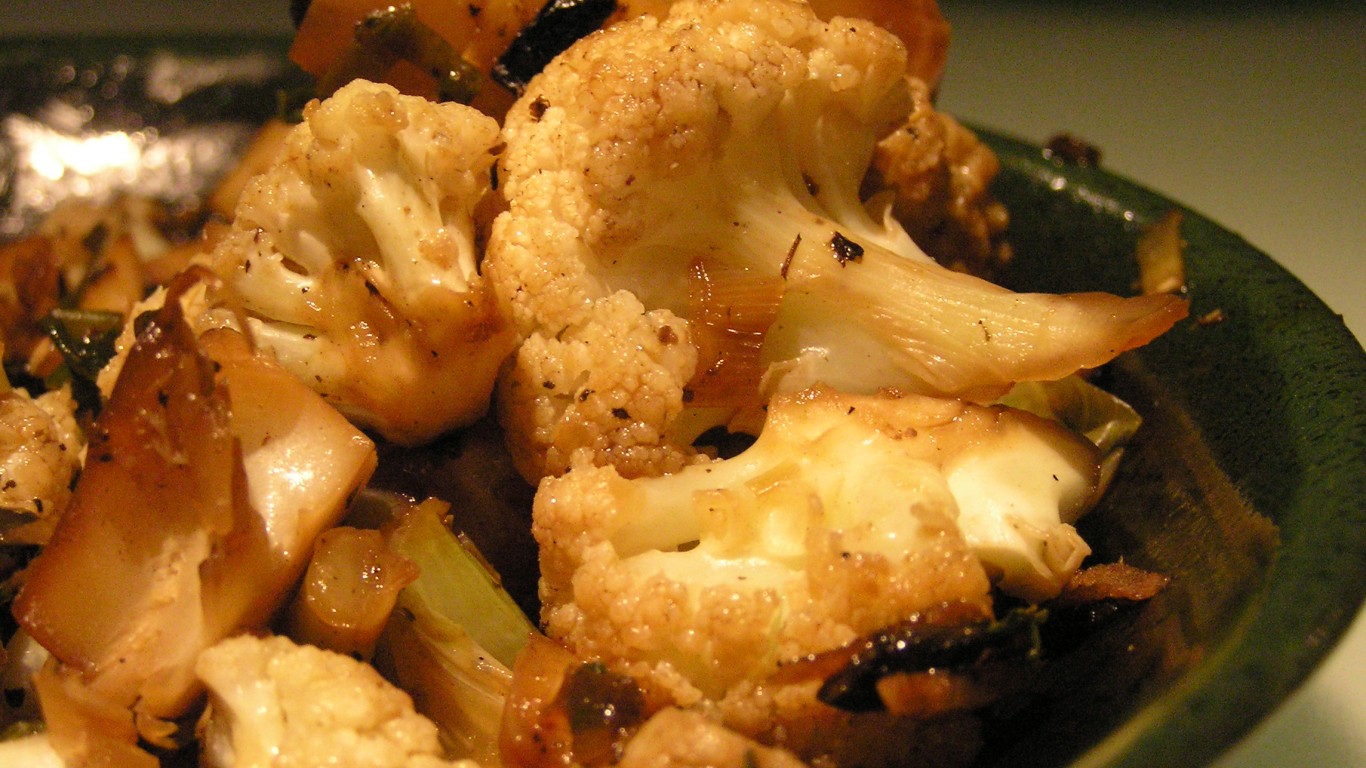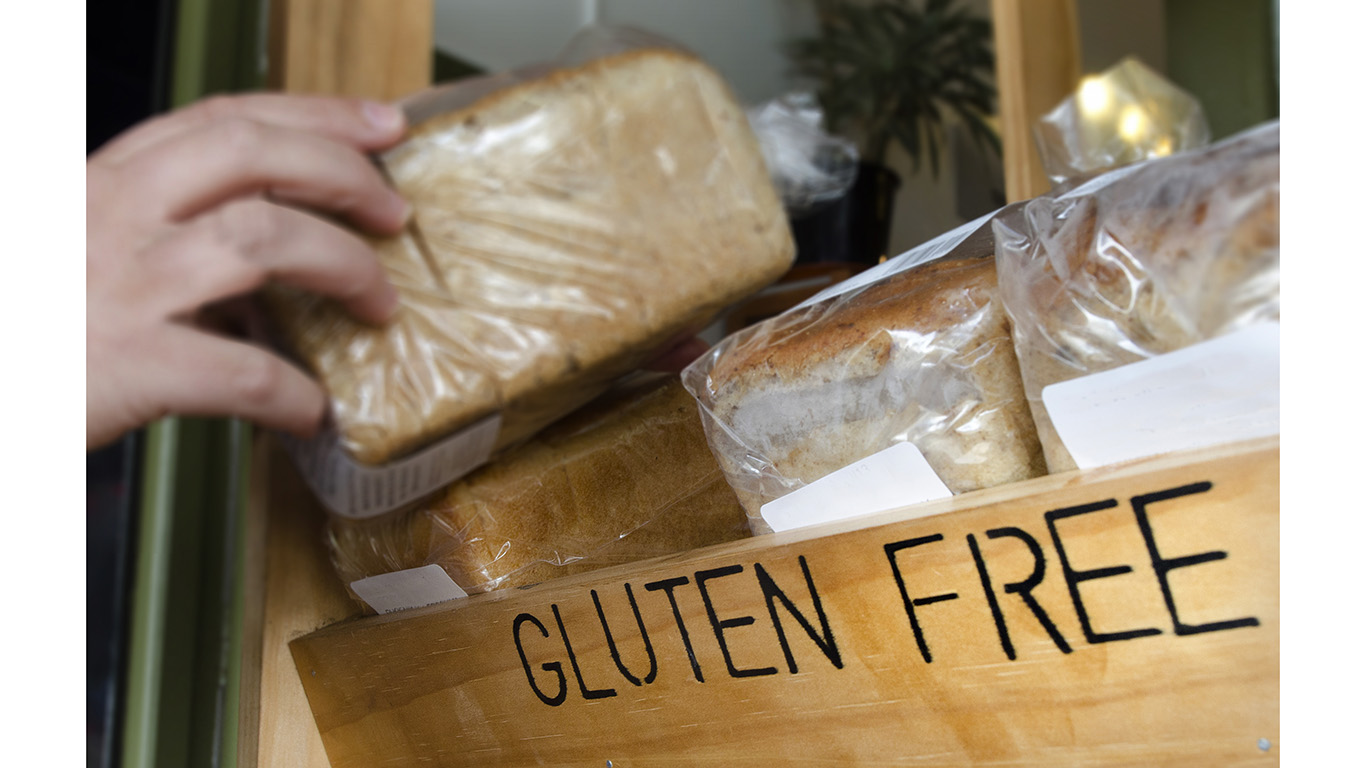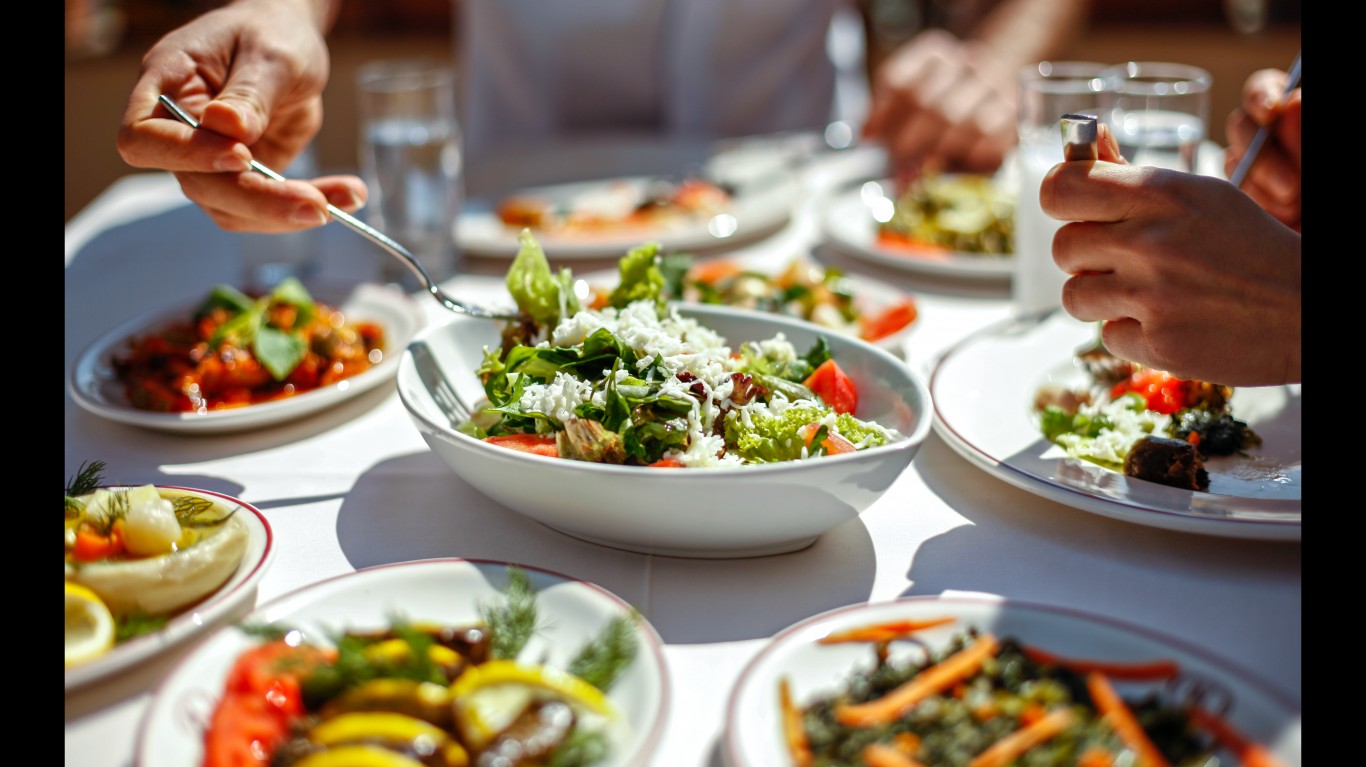
The American diet is not a healthy one. Typical eating patterns don’t match current dietary guidelines set by federal health agencies, according to the Department of Health. The majority of people don’t eat enough vegetables or fruits, yet eat too much sugar, saturated fats, and salt.
Whether it is to lose weight for appearance’s sake or for health, people sometimes change their diet. Food trends develop every year, and 2019 was no exception. 24/7 Tempo spoke to nutritionists with years of experience to find out how American diet has changed over the last year.
Many people go to great lengths to shed a few pounds – from following very restrictive diets that health experts warn are not sustainable long-term to spending a lot of money on foods that ingredients labels deceivingly describe as healthy. Fad diets seem to be popping up in greater numbers these days, but the basics of healthy eating are simple — these are 29 healthy eating habits that will change your life.
Click here for the 16 ways the American diet has changed over the last year.

The Keto diet
The ketogenic diet, a high-fat and very low-carb diet, was developed long before 2019 but became really popular last year, said Liat Nadler, clinical nutritionist at Just Eat Well in Portland, Oregon. As is the case with every diet, the keto diet has its pros and cons. The diet’s health benefits, such as contributing to low blood sugar levels in diabetics, faster weight loss, and low cholesterol levels, have so far only been proven to be temporary. Due to the highly restrictive nature of the diet, it is recommended dieters do it with a professional to make sure they’re getting all nutrients, Nadler noted. “It’s not really sustainable in the long-term.”
[in-text-ad]

Locally-grown foods
Whether it’s for health or environmental reasons, people demand fresh, local food. “There is a farmer’s market somewhere [in Santa Barbara] every day,” said Laurie Counihan-Childs, a holistic health practitioner with a focus in nutrition. Farmers’ markets bring fresh and local food to shoppers, reducing the amount of waste and pollution created by long distance food delivery. More than 8,200 farmers’ markets are currently listed on the USDA’s National Farmers Market Directory, an increase of 76% since 2008.

Intermittent fasting
Time-restricted eating has really been growing in popularity in 2019. The diet involves fasting for 16 hours a day and eating within an eight-hour window. Another version of the diet is having five feast days and two days with restricted calorie intake. Strategy and structure are two benefits of this kind of diet, Nadler explained. You have an eating schedule, which is especially beneficial for people who tend to snack all day, she noted. “But some people binge when it’s time to eat because they have been starving for many hours,” Nadler said. “For many, intermittent fasting increases LDL ‘bad’ cholesterol levels. I’ve seen it many times in my practice,” she added.
Celery juice
The latest vegetable to enter the juicing craze is celery. It has been popularized by Anthony William, who is not a doctor or any licensed health care professional, in his Medical Medium blog. The idea is to drink 16 oz. a day of celery juice because, William claims, it can heal or at least alleviate chronic illness or symptoms. There is no scientific evidence to support this claim, but that doesn’t stop people from buying celery and juicing it. There is some indication celery sales have increased recently.
[in-text-ad-2]
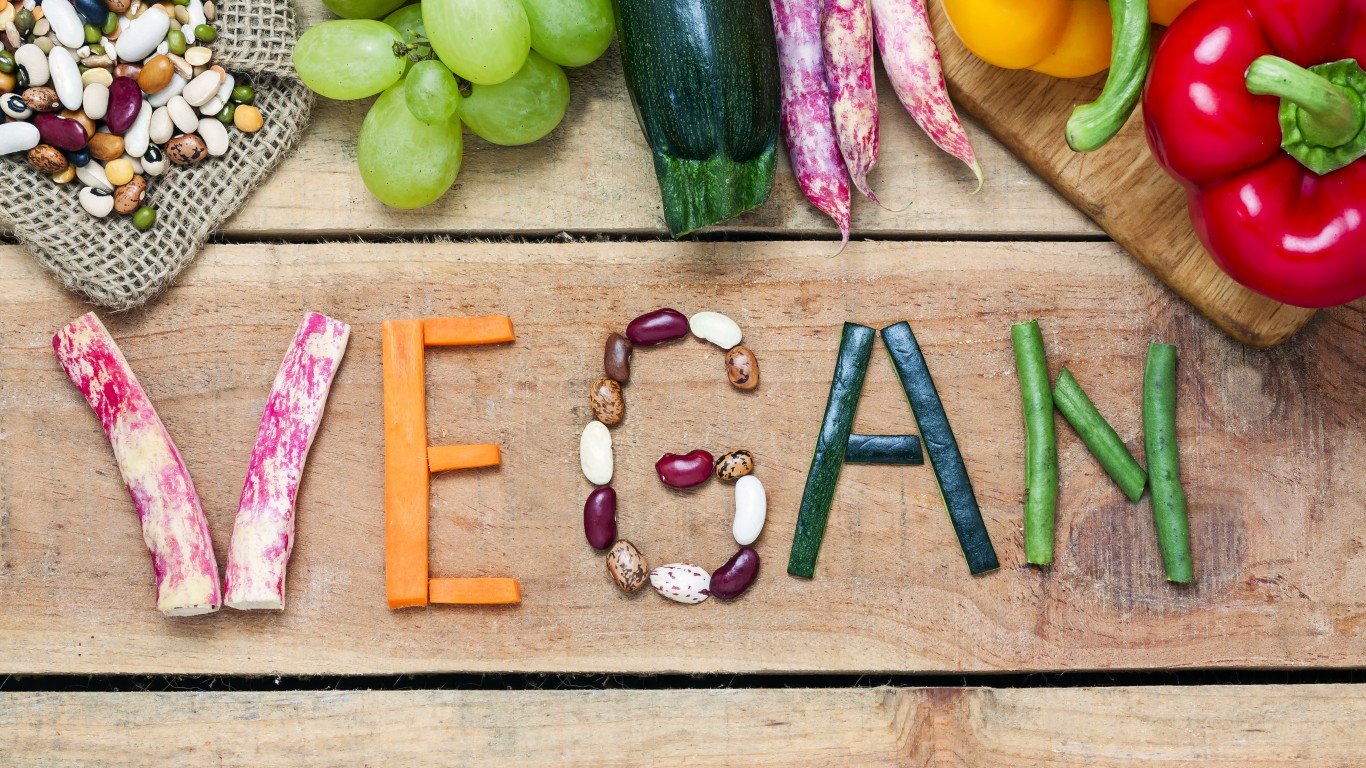
Veganism
Demand for plant-based meat substitutes has grown considerably in recent years, and 2019 was no exception. Those who follow a vegan diet often do it for health, animal rights, and climate change reasons. In 2019, retail sales of plant-based foods have increased by 11% in the U.S. alone compared to 2018, making it a $4.5 billion industry, according to a report by the Plant-Based Food Association. Plant-based burgers are becoming available in supermarkets, and Blue Apron has recently introduced Beyond Meat into its home meal kits.

Diverse foods
Health professionals have been advising people to “eat the rainbow” for many years because this is an easy way to ensure a meal has many nourishing vitamins and minerals the body needs. “People are eating more diverse foods and we see it in grocery stores,” Nadler said. There are many more different kinds of foods in stores than a few years ago, and that wouldn’t be happening if there were no demand for it, she noted. Recent research from the American Heart Association warns that a diverse diet may not be the healthiest one because there is little consensus on what exactly dietary diversity consists of. As a result, people end up eating a lot of both healthy and unhealthy foods, leading to weight gain and poor eating habits.
[in-text-ad]
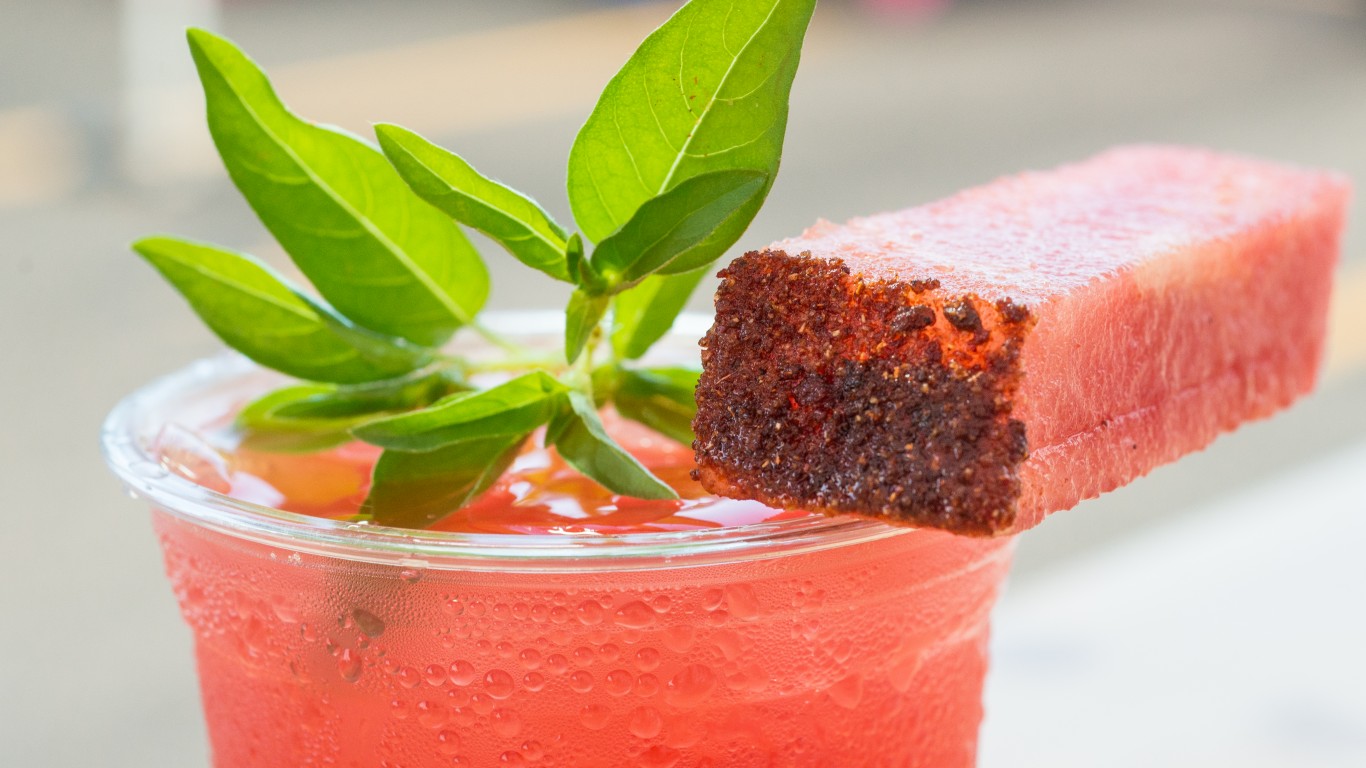
Hard seltzer
It seems like everywhere you turn someone is drinking White Claw hard seltzer. The low-alcohol and lightly fruit-flavored drink is so popular that in September the company announced a nationwide shortage. The drink’s popularity led to the summer season being renamed “the White Claw Summer.” Sales of the seltzer were up about 250% in 2019 compared with 2018, according to Nielsen.
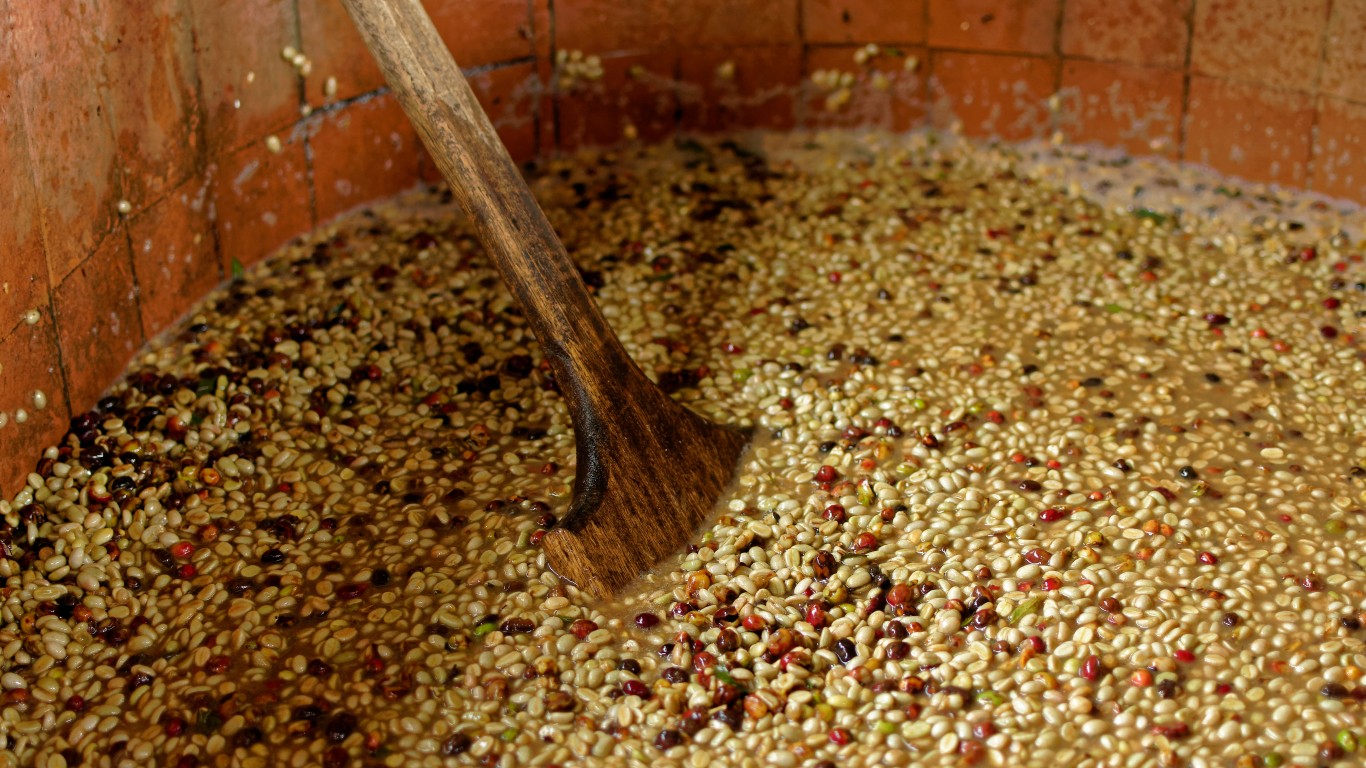
Fermented foods
Though fermentation of food, a process of controlled decay, is not new, the fermenting of different products — from coffee to ketchup — became a big deal in 2019. One reason was the proliferation of books on the subject, such as “The Noma Guide to Fermentation” by David Zilber. Fermentation can help society manage food waste and save energy. In the United States, as much as 40% of food winds up in a landfill. If consumers learned fermenting techniques, they could preserve their food without having to cook or freeze it, thus saving energy.
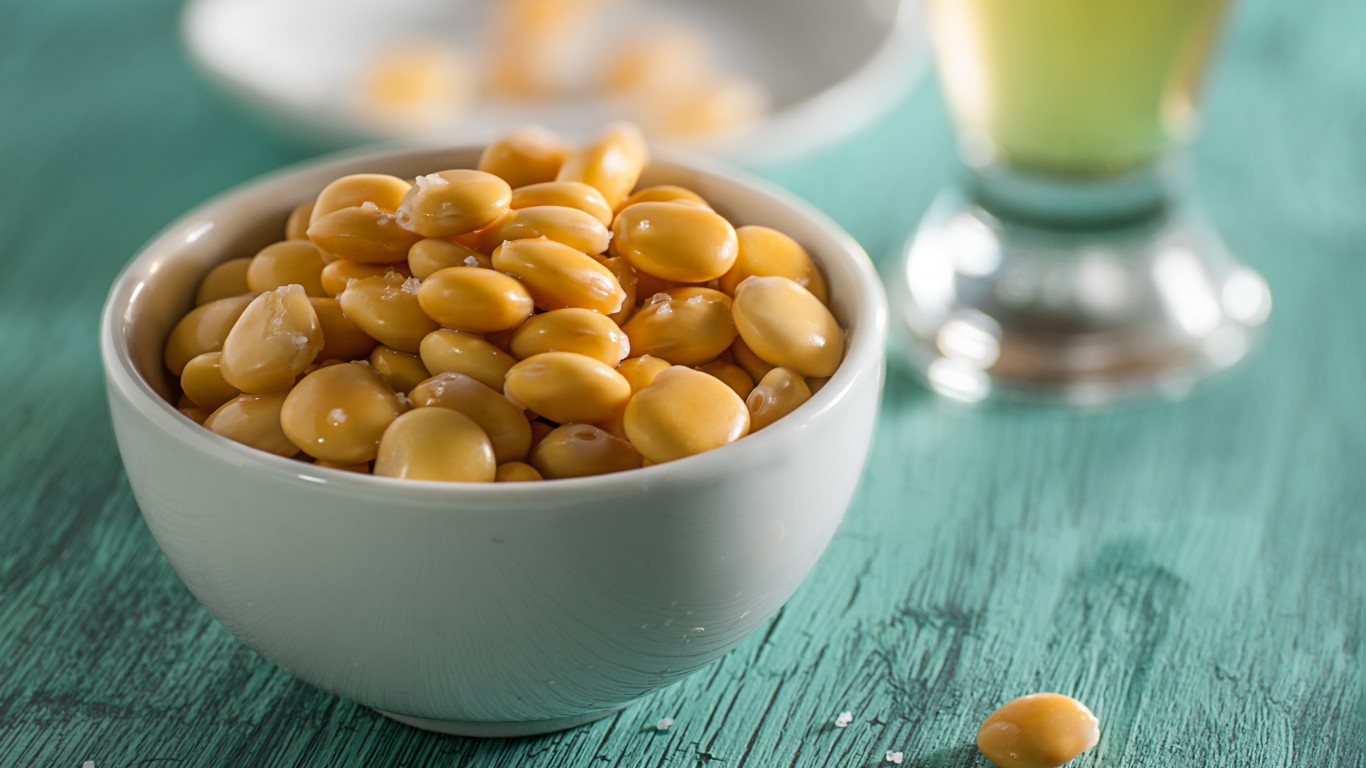
Lupin beans
First it was quinoa, then it was kale. The next food craze appears to be lupin beans, according to Nadler. The yellow legume seeds are popular in the Mediterranean culture and are growing in popularity in the U.S., she noted. “The best thing about them is that they are high in quality protein and very low in carbs.” Just 40 grams of ground lupin seeds contain 16 grams of carbs, 15 of which are pure fiber, she explained. Lupin seeds are also a good source of magnesium, folate, and zinc, which basically makes them a superfood, Nadler added.
[in-text-ad-2]
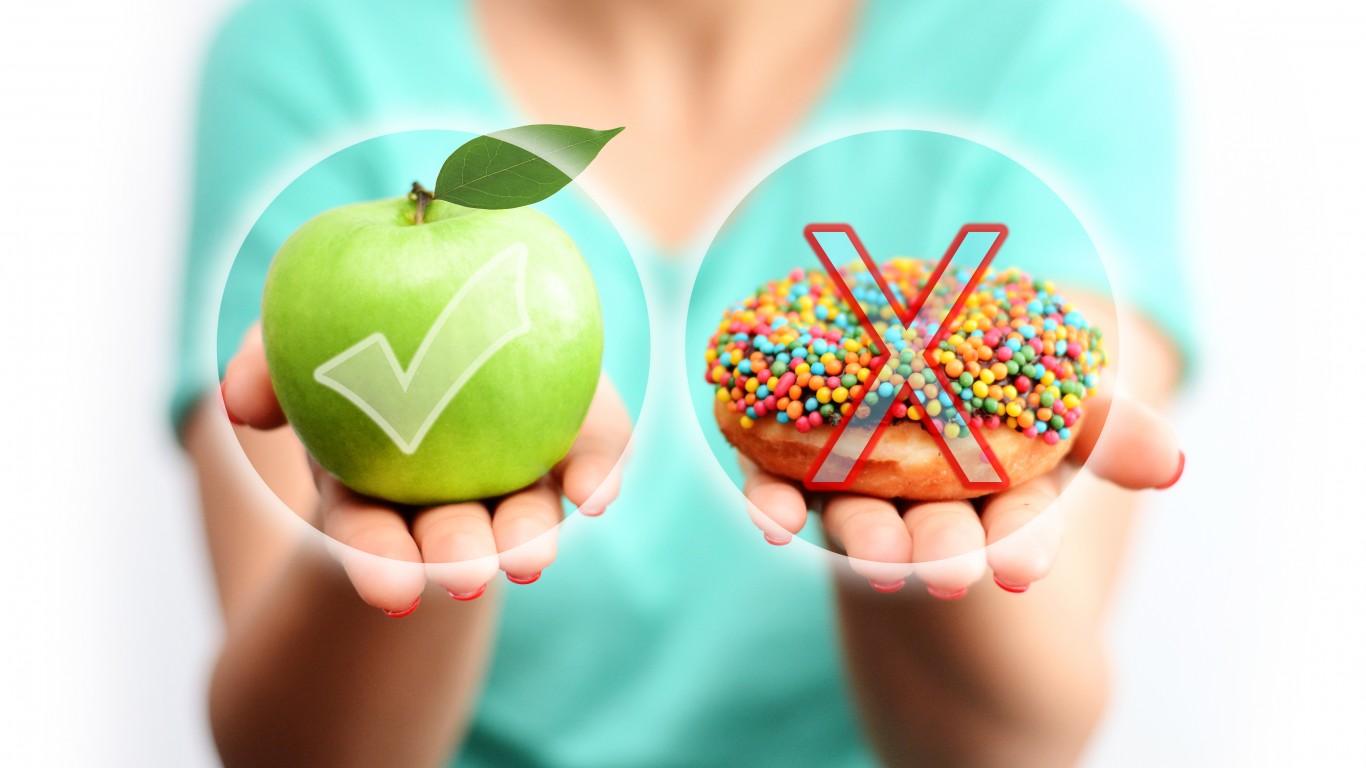
Cutting processed sugar
Added sugar has been implicated in contributing to higher risk of health problems such as diabetes, cancer, and heart disease. Overall, Americans are still eating too much processed sugar — the kind in donuts, cakes, sweetened drinks — but more are becoming aware of sugar’s health effects and are turning away from it.

The slow food movement
The slow food movement — as opposed to fast food — has been growing for the last 30 years. It started as a protest against the opening of a McDonald’s in Rome, Italy. Supporting local farmers, the initiative promotes clean, fresh, and local food. Today, the slow food movement is present in more than 160 countries. In the United States alone, it has 150 local chapters.
[in-text-ad]

Food label awareness
People have become more interested in recent years in what they are actually eating and are paying more attention to food labels. A 2018 survey by Michigan State University found that at least 60% of respondents read the ingredients label before making a decision on whether to buy a food product. But people don’t necessarily know what to look for in the labels, Nadler said. “Most people are still in a calorie state of mind.” They see the calorie number and disregard other useful information such as sugar, sodium, and fat content, she explained. Labels are tricky. “A product may be whole grain, but the majority of grain may be refined.” Refined grains are processed and stripped of many nutrients, including fiber.
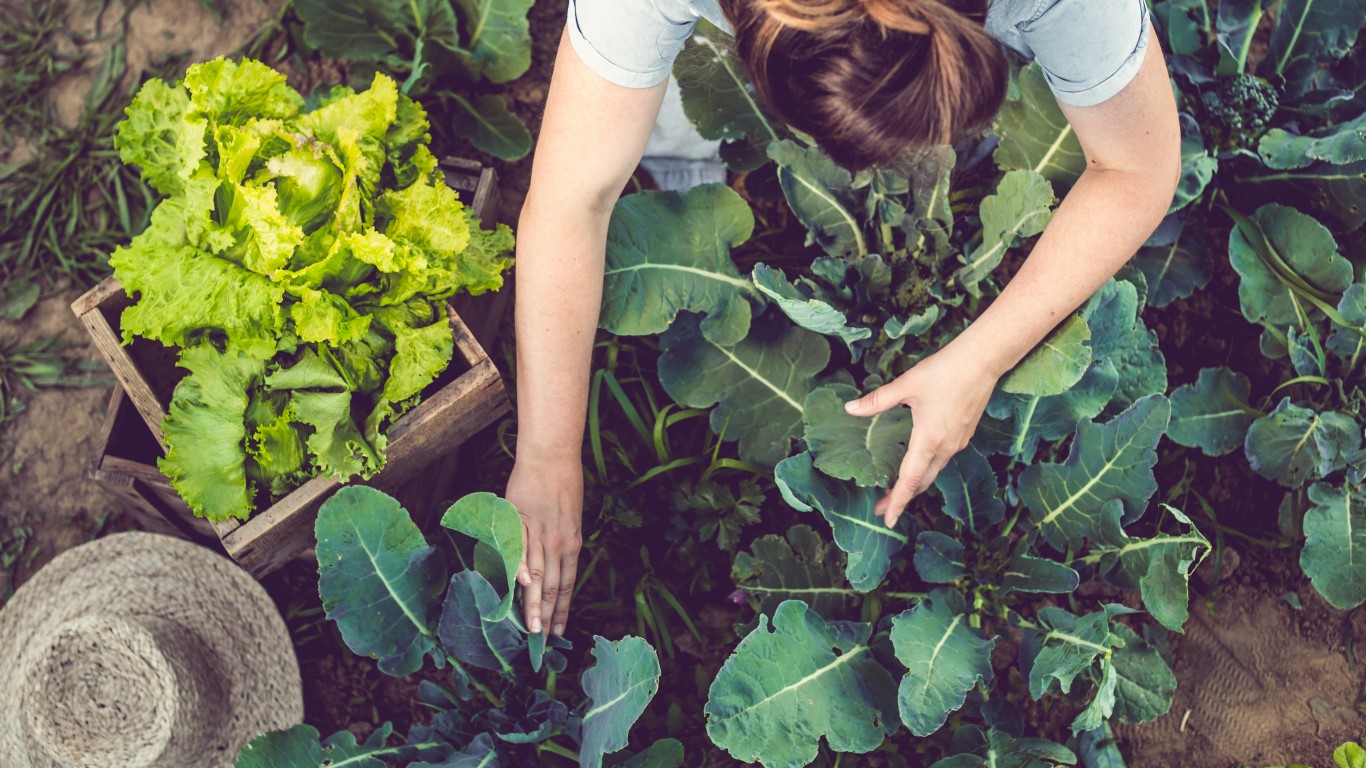
Organic and natural foods
Organic and natural foods, which producers claim have no GMOs, growth hormones, or antibiotics, have been gaining popularity for several years. The organic foods market hit a record in 2018, with sales of $52.5 billion. However, “organic” is not a synonym of “healthy,” Nadler explained. A food may be organic and still contain a lot of sugar and salt, which is unhealthy. Always read the foods label and lists of ingredients from highest to lowest amount, she noted. There are 61 words for “sugar” that most people are not familiar with. Stay away from sucrose, high-fructose, corn syrup, to name a few.

Whole30
The Whole30 is another restrictive diet that has been making the rounds in 2019, Counihan-Childs said. People are encouraged to eat whole foods and avoid sugar, grains, alcohol, and dairy. The program lasts 30 days and does not allow for any “cheat” days. There is no counting calories or weighing yourself on a scale. “The diet is beneficial as far as resetting nutrition goes as it cuts common sense things,” Counihan-Childs said. But it’s too restrictive and probably not a good idea in the long term, she noted.
[in-text-ad-2]
Cauliflower in everything
For most of its existence, cauliflower — a relative of broccoli, Brussels sprouts, kale, and other members of the genus Brassica — was typically boiled and separated into florets. Today, it’s a star on restaurant menus everywhere, in a myriad of forms. There’s whole roasted cauliflower, popularized by Israeli chef Eyal Shani about 15 years ago and introduced to American menus in 2015; there’s “rice” and “tabbouleh” made from finely shredded florets; thick slabs of cauliflower are roasted into “steaks;” there’s even pizza crust made from puréed cooked cauliflower, cheese, and eggs.
Açaí bowls
There hardly is a health-oriented food establishment that does not serve açaí bowls. The smoothie-like creation combines a purée or powder of that faddish South American fruit with yogurt or milk and various fresh fruits, nuts, etc. A variation is the goji bowl, with the berry of that name, long used in traditional Chinese medicine, added to bowls in place of or sometimes in addition to açaí berries.
Credit card companies are handing out rewards and benefits to win the best customers. A good cash back card can be worth thousands of dollars a year in free money, not to mention other perks like travel, insurance, and access to fancy lounges. See our top picks for the best credit cards today. You won’t want to miss some of these offers.
Flywheel Publishing has partnered with CardRatings for our coverage of credit card products. Flywheel Publishing and CardRatings may receive a commission from card issuers.
Thank you for reading! Have some feedback for us?
Contact the 24/7 Wall St. editorial team.
 24/7 Wall St.
24/7 Wall St.
 24/7 Wall St.
24/7 Wall St.